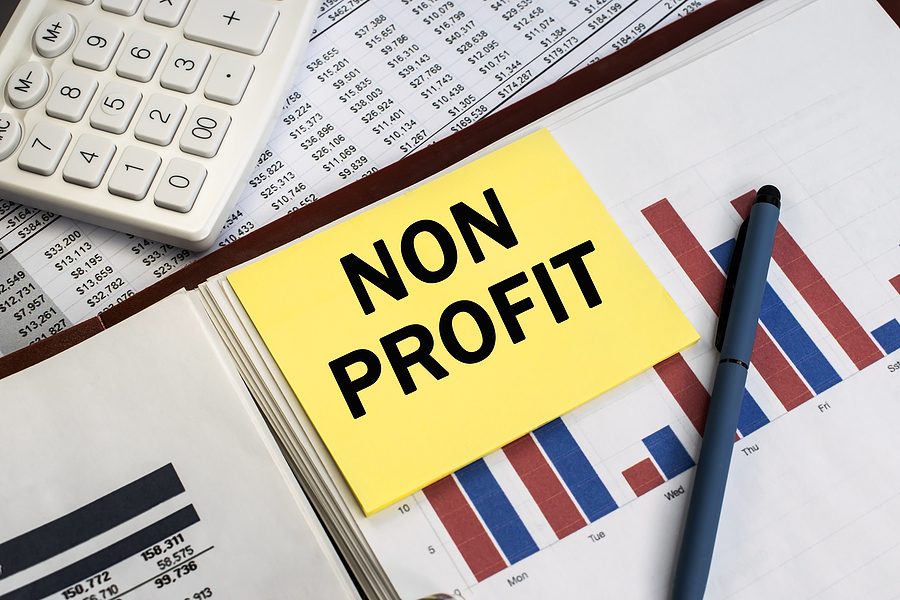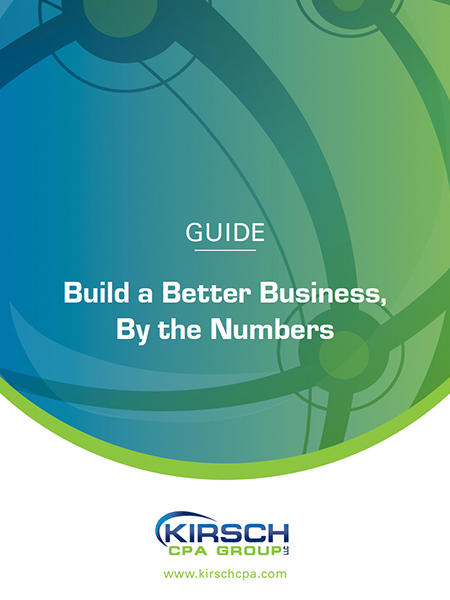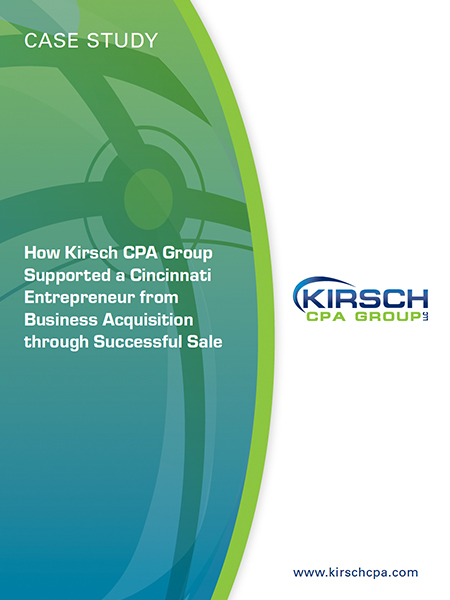Forecasting Your Nonprofit’s Financial Future
Kirsch CPA Group
Aug 05, 2024

Have you seen the forecast? No, not the weather forecast — but your not-for-profit’s financial forecast. Financial forecasting is critical to any organization’s good health, but it can be more difficult for nonprofits than for businesses. After all, you usually can’t predict how many donors you’ll have in the future, how much they’ll contribute or the timing of their contributions, among other factors that affect nonprofit revenues.
Even with these challenges, financial forecasting is a valuable process. Let’s look at what it entails and how you can make the most of it.
Past, Present and Future
The American Institute of Certified Public Accountants makes a distinction between the terms “forecast” and “projection.” Whereas projections are based on hypothetical assumptions, forecasts generally represent what accounting professionals expect an organization’s financial position, results of operations and cash flows to be in the future.
Financial forecasts are also different from budgets. Both are forward-facing, but budgets plan for expenditures throughout the year, usually on a monthly or quarterly basis. Budgets reflect what you expect to take in through donations, grants and other income, and what you expect to pay out in wages, rent and other expenses. Although budgets aren’t usually written in stone, once finalized, they’re typically set for a certain period.
Financial forecasts are more akin to status reports and can be updated frequently. In the event you receive an unexpected windfall or experience a financial setback, you can change your forecast. Typically, forecasts are assembled by nonprofit management teams working with accounting and financial professionals.
Key Inputs
There are a few common elements to most financial forecasts, such as revenue and expense estimates and cash flow analysis. Depending on a forecast’s focus, your leadership team and professional advisors generally will rely on a number of documents. This includes, but isn’t necessarily limited to, your:
- Banking records,
- Financial statements (including income statements, balance sheets and cash flow statements),
- Donor or membership numbers,
- Projected fundraising objectives, and
- Tax returns.
Make sure you have these documents handy when you sit down to prepare financial forecasts. You don’t want to have to start hunting for files in the middle of a calculation.
Primary Uses
What are the best ways to put financial forecasts to use? Here are five areas where your management team can apply forecasting data to maximize the impact of these reports:
1. Budget. With a financial forecast serving as a foundation, you can more realistically predict spending needs. The forecast also can help you meet strategic goals and establish priorities throughout your budget’s term.
2. Fundraising activities. Don’t overlook the impact a financial forecast can have on donors. Sharing forecasts with these stakeholders can encourage confidence and comfort in both existing and potential donors.
3. Grant applications. As with donors, consider sharing financial forecasts with grant makers. Some grant applications, in fact, require forecasts. Not surprisingly, government agencies and private foundations approving grants want to understand your nonprofit’s prospects.
4. Cash flow management. This is often one of the toughest tasks for nonprofit leaders. Fortunately, a financial forecast can help you predict cash flow and plan your decisions accordingly. Forecasts can help you prepare for expected shortfalls as well as to take advantage of liquidity.
5. Strategic planning. Financial forecasts give nonprofit leaders a glimpse into the future.
They can direct you to prepare for stormy weather by identifying risks or signal that blue skies (and opportunities) lie ahead. This helps you make informed decisions about fundraising events and campaigns; the expansion, retraction or even elimination of programs; and the best way to allocate limited resources.
Wrapping It Up
Making financial forecasts for your nonprofit can provide some sense of control and security because they enable you to prepare for various scenarios. Rely on your forecasting team — including outside advisors like Kirsch CPA Group — to guide you.
Schedule an appointment to learn how we can support you
© Copyright 2024. All rights reserved.
More Resources

About The Author
Kirsch CPA Group is a full service CPA and business advisory firm helping businesses and organizations with accounting,…
Sign Up for Email Updates
Tags
Accounting & Financial News

3 Critical Questions to Ask When Acquiring Construction Equipment
Acquiring equipment is a major strategic decision for small to midsize construction businesses. It affects everything from…

Traveling for Business with Your Spouse
If you're a business owner, you may have upcoming business trips on your agenda. The idea of…



